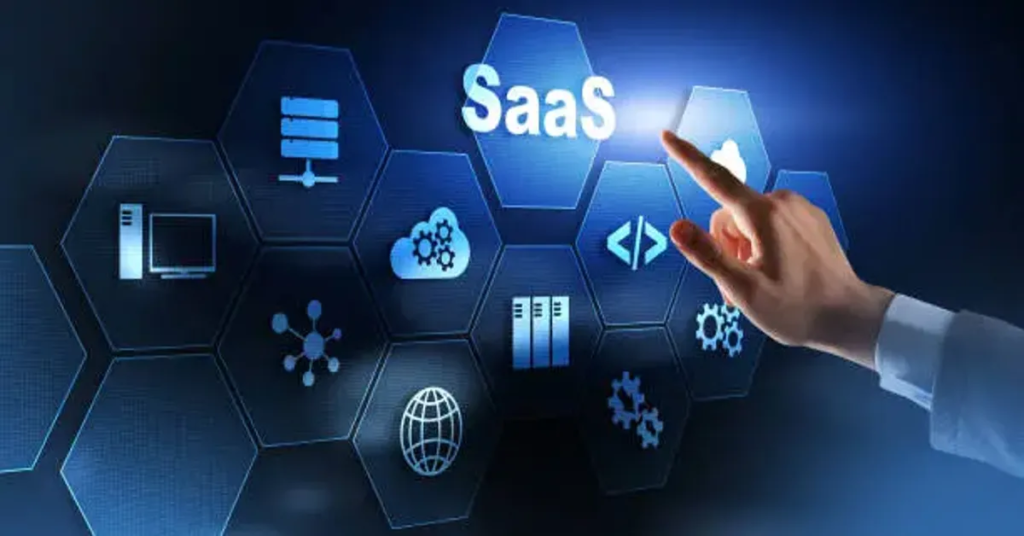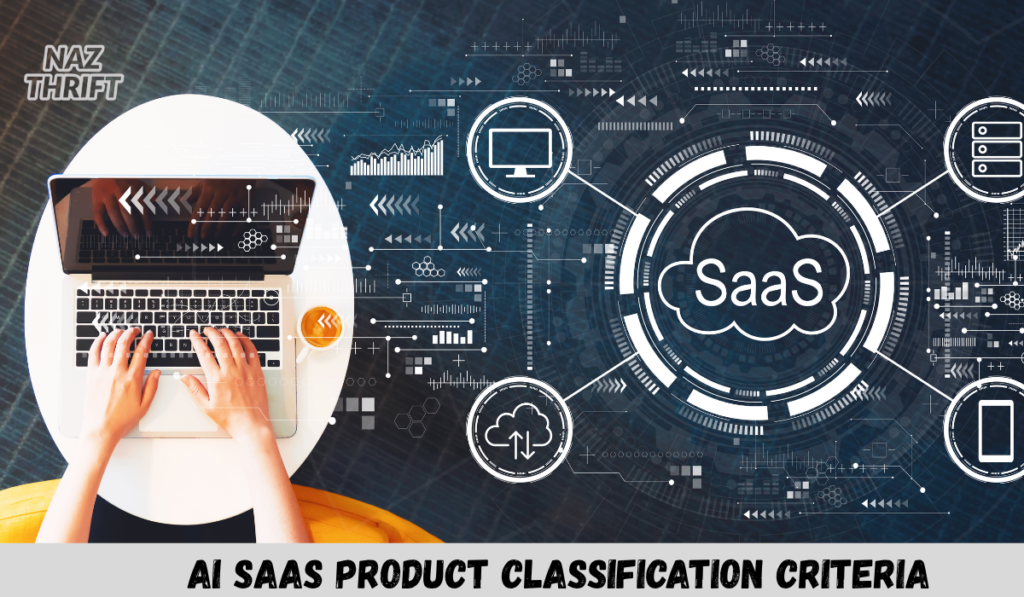In the evolving world of Software as a Service (SaaS), the emergence of Artificial Intelligence (AI) has reshaped traditional product development, go-to-market strategies, and customer engagement models. But as more AI-enabled SaaS tools flood the market, it becomes increasingly crucial to develop a standardized framework to differentiate, evaluate, and categorize these products. That’s where the concept of AI SaaS product classification criteria becomes essential.
In this article, we’ll explore a groundbreaking way to classify AI SaaS products — using unique classification dimensions, real-world examples, use-case mapping, and a matrix-based scoring system that you won’t find in conventional literature. Whether you’re a product manager, investor, startup founder, or IT decision-maker, this guide will equip you with the lens to understand, assess, and categorize AI-powered SaaS solutions with clarity and precision.
Why Do We Need AI SaaS Product Classification Criteria?
The AI SaaS market is booming, projected to reach $250+ billion by 2030. Yet, without a consistent classification system, the ecosystem faces challenges such as:
- Buyer confusion about capabilities and pricing.
- Vendor overpromising via vague AI claims.
- Inconsistent feature comparisons.
- Unclear value propositions across verticals.
Establishing robust ai saas product classification criteria offers a way to cut through the noise by focusing on measurable, repeatable, and business-relevant attributes.
The Core Pillars of AI SaaS Product Classification Criteria
To create a comprehensive classification system, we propose organizing AI SaaS products around six foundational pillars:
- AI Maturity
- AI Integration Depth
- Domain Specificity
- Product Functionality
- Delivery Model
- Value Creation Mechanism
Each pillar is broken down into sub-criteria, which can be scored to form a classification fingerprint.
Let’s examine these in detail.
1. AI Maturity Spectrum
Not all SaaS tools labeled “AI-powered” use AI the same way. The AI maturity of a product refers to how deeply AI drives the product’s core logic.
Sub-criteria:
- Rule-based Logic (0): Minimal to no AI; automation is manually defined.
- Statistical Modeling (1): Predictive analytics or business intelligence.
- Machine Learning Enabled (2): Model adapts based on data over time.
- Deep Learning & Generative AI (3): Utilizes neural networks, NLP, or generative models.
Example:
- A CRM with automated workflows scores 0.
- A customer support tool using GPT-4 for chat summarization scores 3.
2. AI Integration Depth
This pillar evaluates how deeply the AI engine is embedded in the product’s functionality.
Types:
- Surface-level Integration: AI is an optional layer (e.g., chatbot plugin).
- Moderate Integration: AI supports core functionality (e.g., intelligent routing).
- Full-stack AI-native: AI is integral and irreplaceable (e.g., AI-generated data synthesis).
Real-world Insight:
Tools like Jasper AI (content generation) and Synthesia (AI avatars) have full-stack AI integration — without AI, the core product ceases to exist.
3. Domain Specificity Index
AI SaaS products may be general-purpose or hyper-specialized.
- Horizontal AI SaaS: Tools like Notion AI, applicable across industries.
- Vertical AI SaaS: Designed for specific sectors (e.g., PathAI in healthcare, Blue River Tech in agriculture).
Classification strategy:
Rate the product on a specificity scale from 0 (fully horizontal) to 5 (niche industry vertical).
This helps buyers quickly match tools with their domain-specific needs.
4. Product Functionality Layer
Another core component of ai saas product classification criteria is functional positioning — what layer of the enterprise stack the product serves.
We propose a 3-layer pyramid model:
- Core Operations Layer: ERP, finance, logistics.
- Engagement Layer: Marketing, sales, HR.
- Cognitive Layer: Insight generation, strategic analysis, decision support.
A product can span layers, but classifying it by its dominant role helps segment the market clearly.
Unique Tip: Map functionality to business KPIs to assess criticality.
5. Delivery and Customization Model
Unlike traditional SaaS, AI SaaS products vary significantly in deployment and adaptability.
Classification points:
- Plug-and-play (e.g., Grammarly).
- API-first (e.g., OpenAI).
- Modular platform (e.g., DataRobot).
- Embedded AI SaaS in existing systems.
Customization capability:
- No-code
- Low-code
- Developer-heavy
Why it matters: Businesses often choose based on how easily a product fits into their existing stack.
6. Value Creation Mechanism
How does the AI product deliver business value?
We classify value into five unique mechanisms:
| Value Mechanism | Description | Example |
|---|---|---|
| Time Saving | Automates manual tasks | Otter.ai |
| Decision Augmentation | Helps humans make smarter decisions | Gong.io |
| Autonomous Operations | Operates without human oversight | ChatGPT Enterprise agent |
| Revenue Acceleration | Drives top-line growth via personalization, upselling | Jasper AI |
| Risk Mitigation | Enhances security or compliance | Darktrace |
This framework ties AI to ROI — the ultimate decision-making factor.
Classification Matrix: A Scoring System
To simplify evaluation, we propose a 10-point matrix scoring model where each pillar is scored, and the cumulative score determines the product’s AI maturity and application depth.
| Pillar | Max Score |
|---|---|
| AI Maturity | 3 |
| Integration Depth | 2 |
| Domain Specificity | 5 |
| Functional Layer (mapped as weight) | 2 |
| Delivery/Customization | 2 |
| Value Creation Mechanism | 3 |
| Total Possible | 17 Points |
Example Application:
| Product | AI Maturity | Integration Depth | Domain | Function | Delivery | Value | Total |
|---|---|---|---|---|---|---|---|
| Jasper AI | 3 | 2 | 2 | 2 | 1 | 3 | 13/17 |
| HubSpot AI | 1 | 1 | 1 | 2 | 2 | 2 | 9/17 |
Use this model for product benchmarking, roadmap planning, or VC screening.
Use Case Mapping: From Features to Fit
A rarely used but highly effective part of AI SaaS classification is use-case reverse mapping. Instead of starting with product features, we start with real-world business use cases and map back to qualifying products.
Sample Use Cases:
- AI for contract review in legal firms → Look for: NLP-driven, verticalized AI, mid to high maturity.
- AI for email personalization in ecommerce → Look for: horizontal tool, low-code, engagement layer AI.
- AI for predictive maintenance in manufacturing → Requires: domain-specific ML model, integration into IoT streams.

Red Flags in AI SaaS Classification
Not every product claiming to be AI-based deserves the tag. Watch out for:
- Manual labeling under the hood: Many tools pass off human-in-the-loop as “automated.”
- Rule-based workflows rebranded: If-then logic ≠ AI.
- No model updates or learning loop: True AI should evolve with data.
Use the classification criteria to audit product claims and filter noise from signal.
How to Apply This Framework as a Buyer or Builder
Whether you’re buying or building AI SaaS, applying the ai saas product classification criteria gives you clarity and strategic advantage.
For Buyers:
- Compare vendors fairly
- Evaluate TCO vs. ROI
- Identify fit for current vs. future needs
For Builders:
- Position your product precisely
- Communicate differentiation
- Align GTM strategy with tech depth
Pro Tip: Publish your product’s classification openly — it builds trust and credibility.
Final Thoughts: Toward a Smarter AI SaaS Market
The AI SaaS market doesn’t need more noise — it needs structure, transparency, and trust. The ai saas product classification criteria outlined here offer a bold, unique way to move from marketing hype to operational insight.
As AI becomes not just a feature but the foundation of software, understanding and applying the right classification metrics will be what separates innovative leaders from everyone else.
FAQs
Q: Are these criteria applicable to all AI tools?
A: No, these are designed specifically for SaaS-based AI solutions with a recurring delivery model.
Q: Can these scores be used for VC investment decisions?
A: Yes, the classification matrix is a valuable signal for product defensibility and scalability.
Q: How often should products be reclassified?
A: At least annually, or whenever a major update or model integration occurs.
Read Also:- sparkpressfusion com

